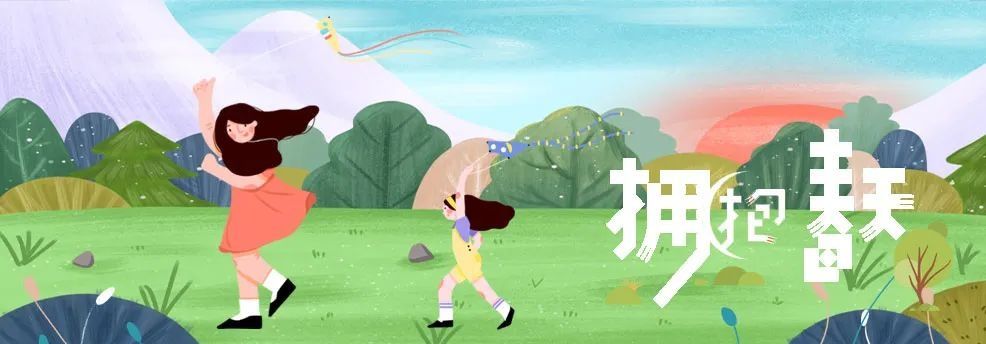
The successful holding of the Beijing Winter Olympics has triggered Many citizens are enthusiastic about participating in ice and snow sports, and many people want to go to the ski resort to have a go, including many students.
Skiing is a lot of fun, but there will be eye discomfort after playing ice and snow, and the number of patients who go to the hospital for treatment is also significantly increased. This is the “snow blindness” that occurs during ice and snow sports.
Eyes should be protected while skiing
Prevent the occurrence of “snow blindness”
While enjoying the fun of skiing, don’t neglect eye protection. The most common type of radiation injury in ophthalmology is mainly photoelectric damage caused by the absorption of ultraviolet rays by the corneal epithelium, that is, exposure to short-wave ultraviolet rays, which we call electro-optic ophthalmia.
Long-term outdoor snow sports will receive a large amount of ultraviolet rays reflected by the snow, causing symptoms similar to electro-optic ophthalmia, which is medically called “snow blindness”. In the snow field for a long time, the eyes will not only be directly irradiated by the ultraviolet rays in the sun, but also the ultraviolet rays in the sunlight will be reflected on the eyes of people through the snow, causing corneal damage, which is commonly known as “snow blindness”. While many people have fun playing in the snow, they often neglect to protect their eyes.
Don’t panic if you have “snow blindness”
Go to a regular hospital for ophthalmology treatment in time
“Snow blindness” usually occurs 6-10 hours after skiing, usually It is snow movement during the day, with onset at dusk or at night.
Symptoms of “Snow Blindness”: mild cases include photophobia, tearing, unable to open eyes, blurred vision, and foreign body sensation in both eyes; severe cases include severe pain in both eyes, accompanied by photophobia, lacrimation, blepharospasm, Severe pain. Usually 24-48 hours to return to normal.
Director Zhou Hongfeng, an ophthalmologist, reminds:
Pay attention to eye health and properly handle “snow blindness”
You should wear ski goggles when participating in ice and snow activities
1. When “snow blindness” occurs, it should be handled correctly:
1. Go to a dark place or cover your eyes with a blindfold, and apply a cold towel to ice to relieve symptoms.
2. Don’t force your eyes, try to rest.
3. Do not apply hot compresses, high temperature will aggravate the pain.
4. Don’t panic if “snow blindness” occurs! Mild “snow blindness” usually heals on its own within a short period of time. After corneal epithelial damage, it can be cured in one to three days.
2. Treatment of “snow blindness”:
1. Patients with mild symptoms do not need special treatment, but local antibiotic eye drops and eye ointment can be used, and rest for 1 to 2 days. Back to normal.
2. For patients with severe symptoms and severe pain, in addition to local eye drops with antibiotics, a small amount of topical anesthetic can be used to temporarily relieve symptoms in severe pain. However, because it has the effect of inhibiting the growth of corneal epithelium, it cannot be used as a long-term treatment.
3. If you feel discomfort in your eyes for a long time, do not rub your eyes or use eye drops to avoid infection. It is necessary to go to a regular hospital for eye examination as soon as possible. Symptomatic treatment can quickly relieve pain and will not leave sequelae.
3. Wear ski goggles when participating in ice and snow activities for a long time to protect your eyes.
It is reported that the reflectivity of snow to sunlight can reach nearly 95%, looking directly at the snow is like looking directly at the sun! Skiers should wear ski goggles to prevent “snow blindness”. At the same time, it is recommended that tourists who enjoy snow for a long time and children who play in the snow should wear ski goggles, and pay special attention to preventing “snow blindness”.
In short, ice and snow sports is a very good fitness exercise, but while feeling the charm of ice and snow, you must do eye protection. Otherwise, the beautiful snow scene can easily make people suffer from “snow blindness”.
Please remind each other that you must pay attention to eye protection during ice and snow sports to prevent “snow blindness”.